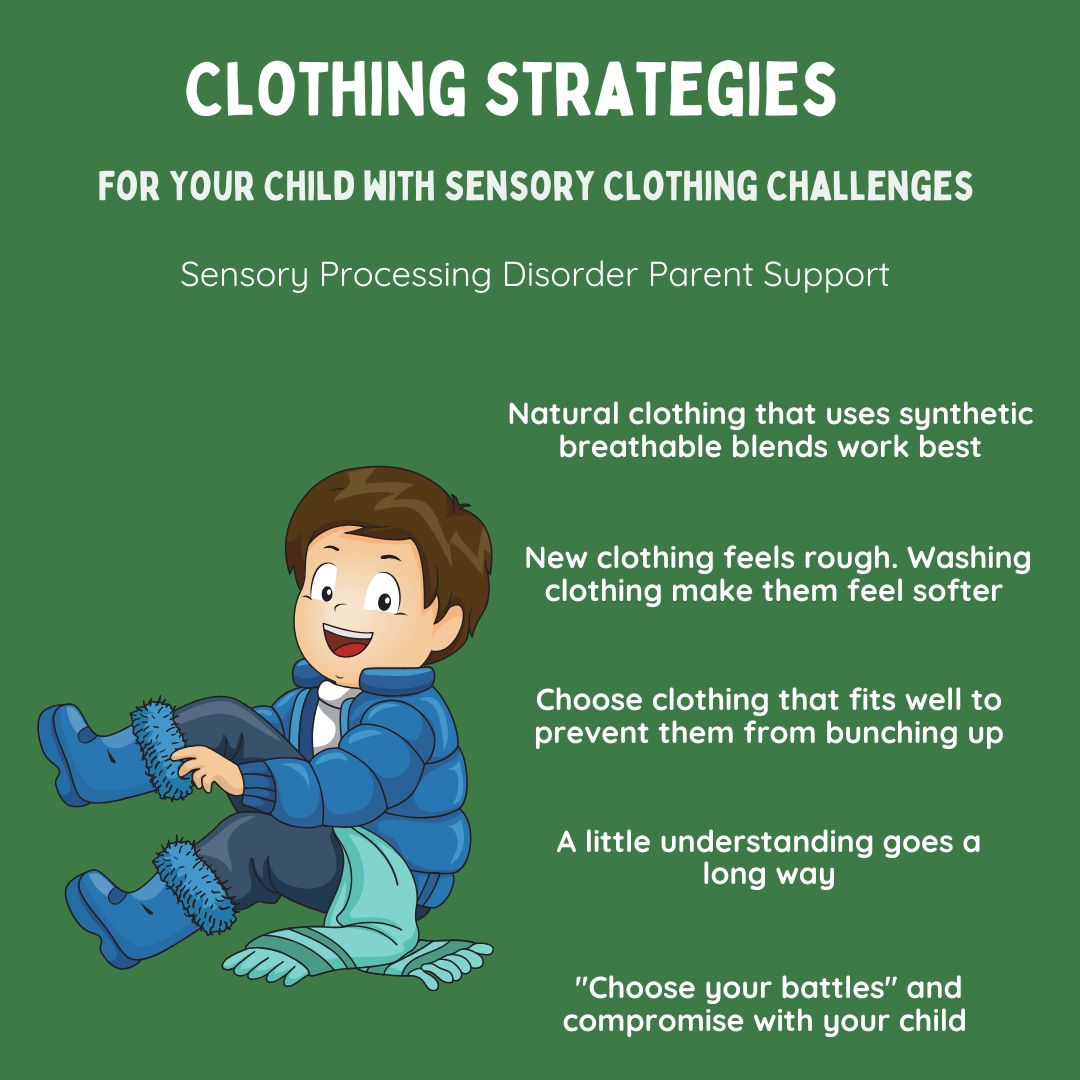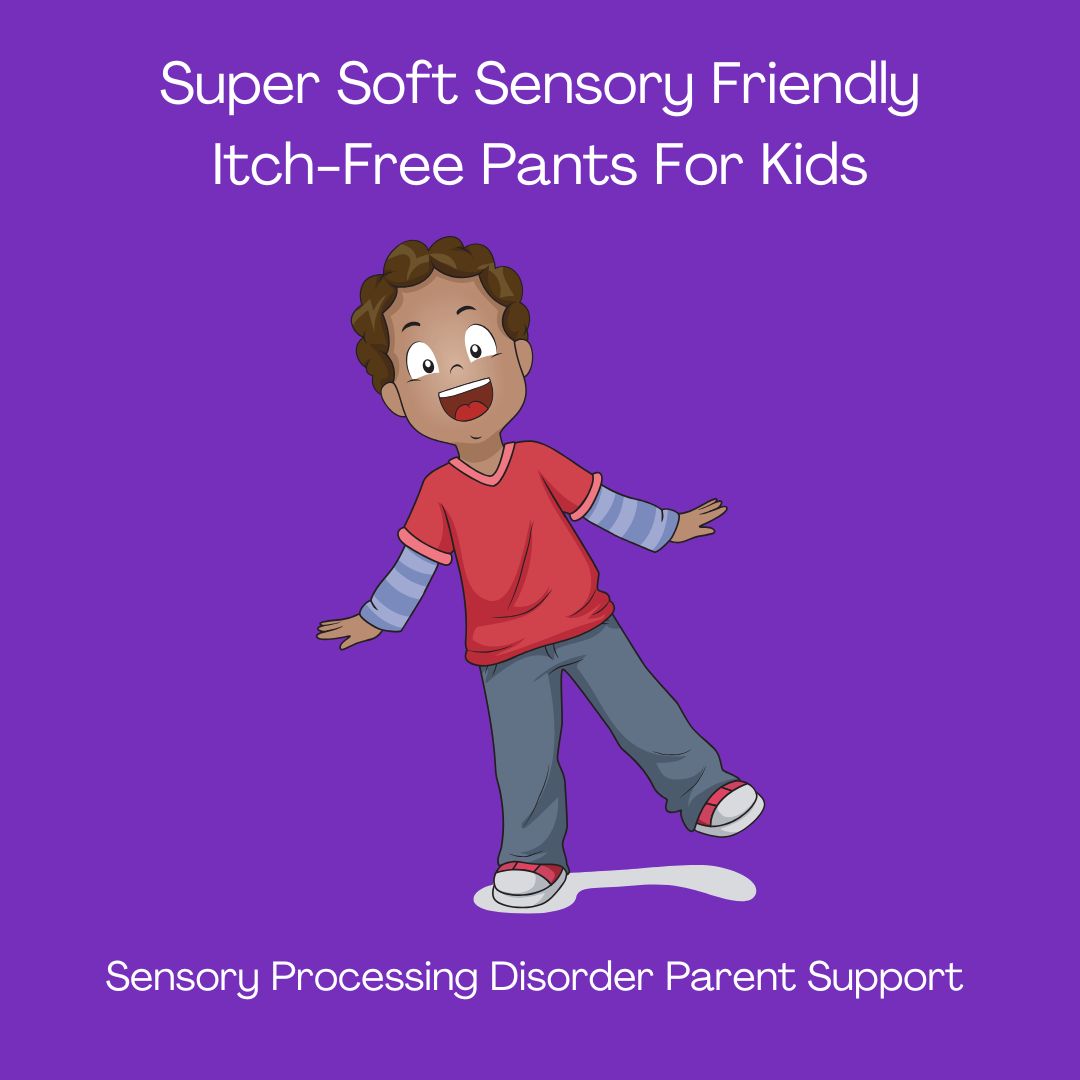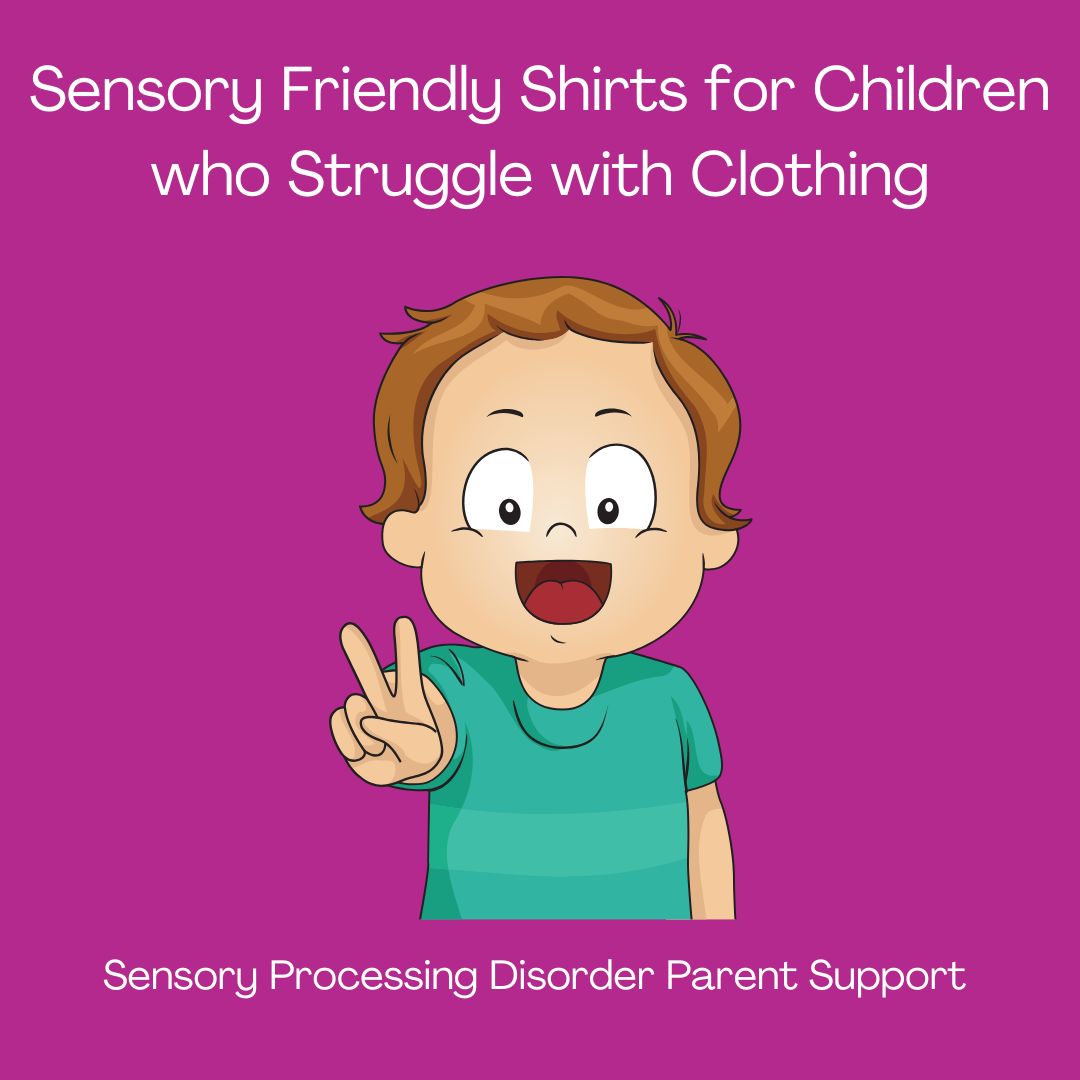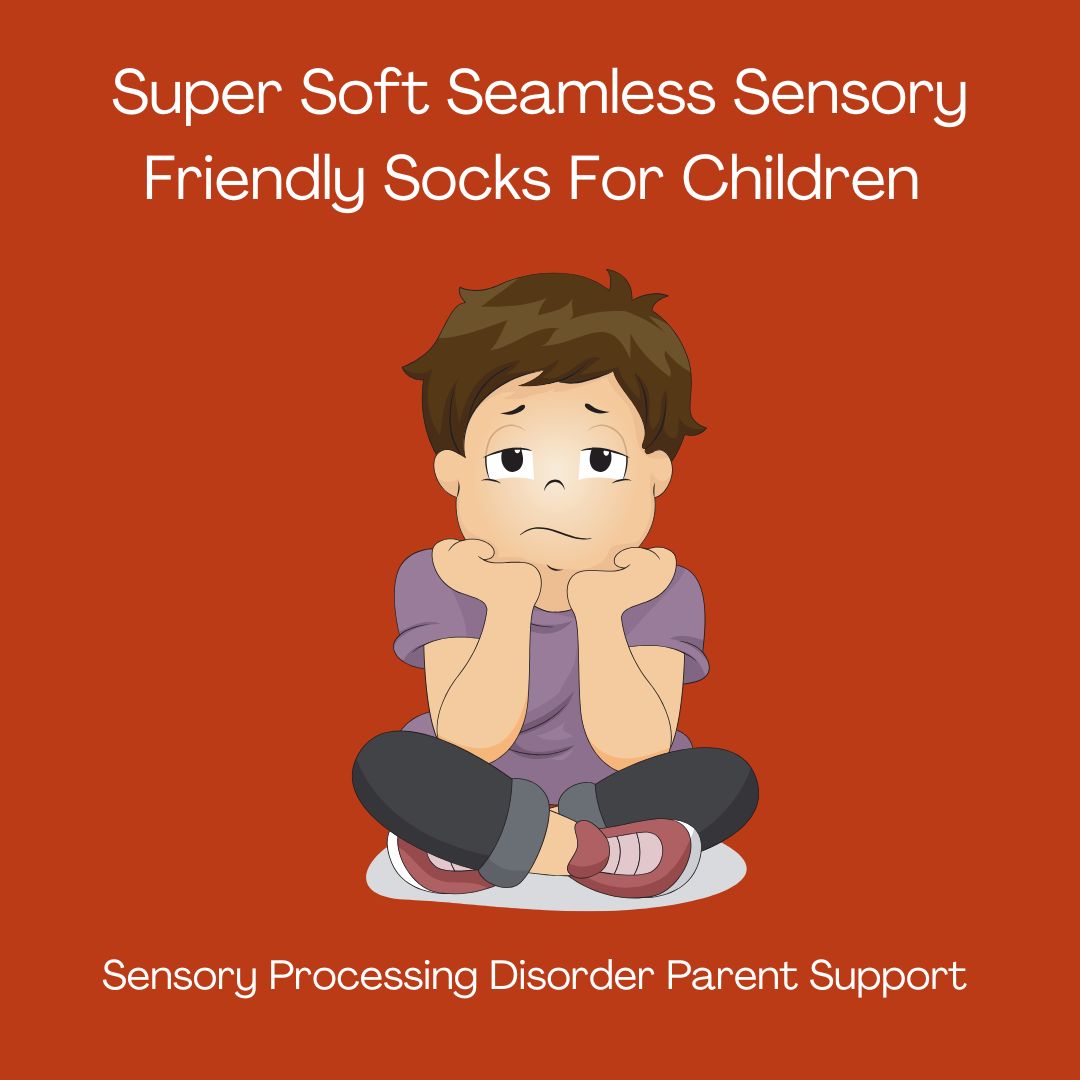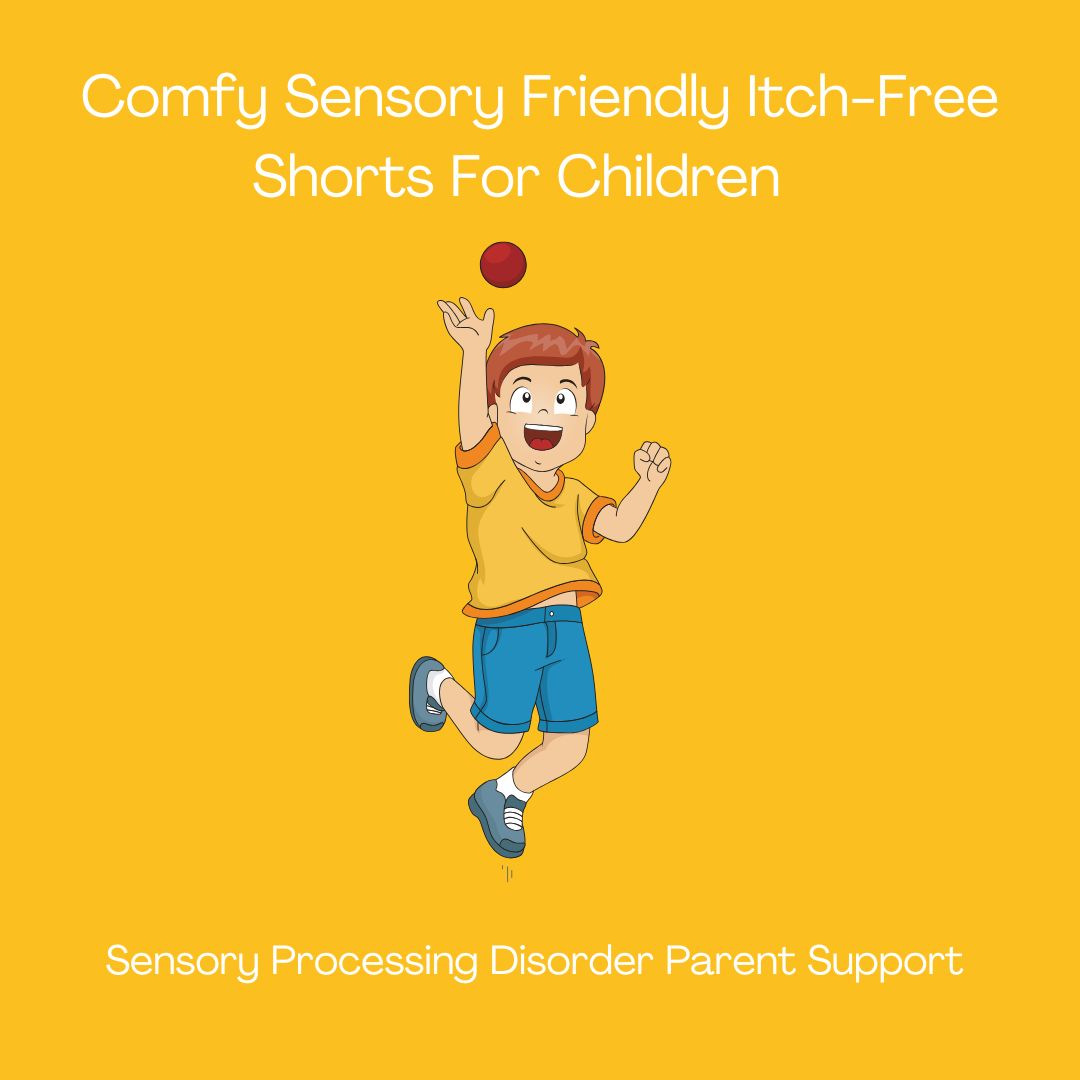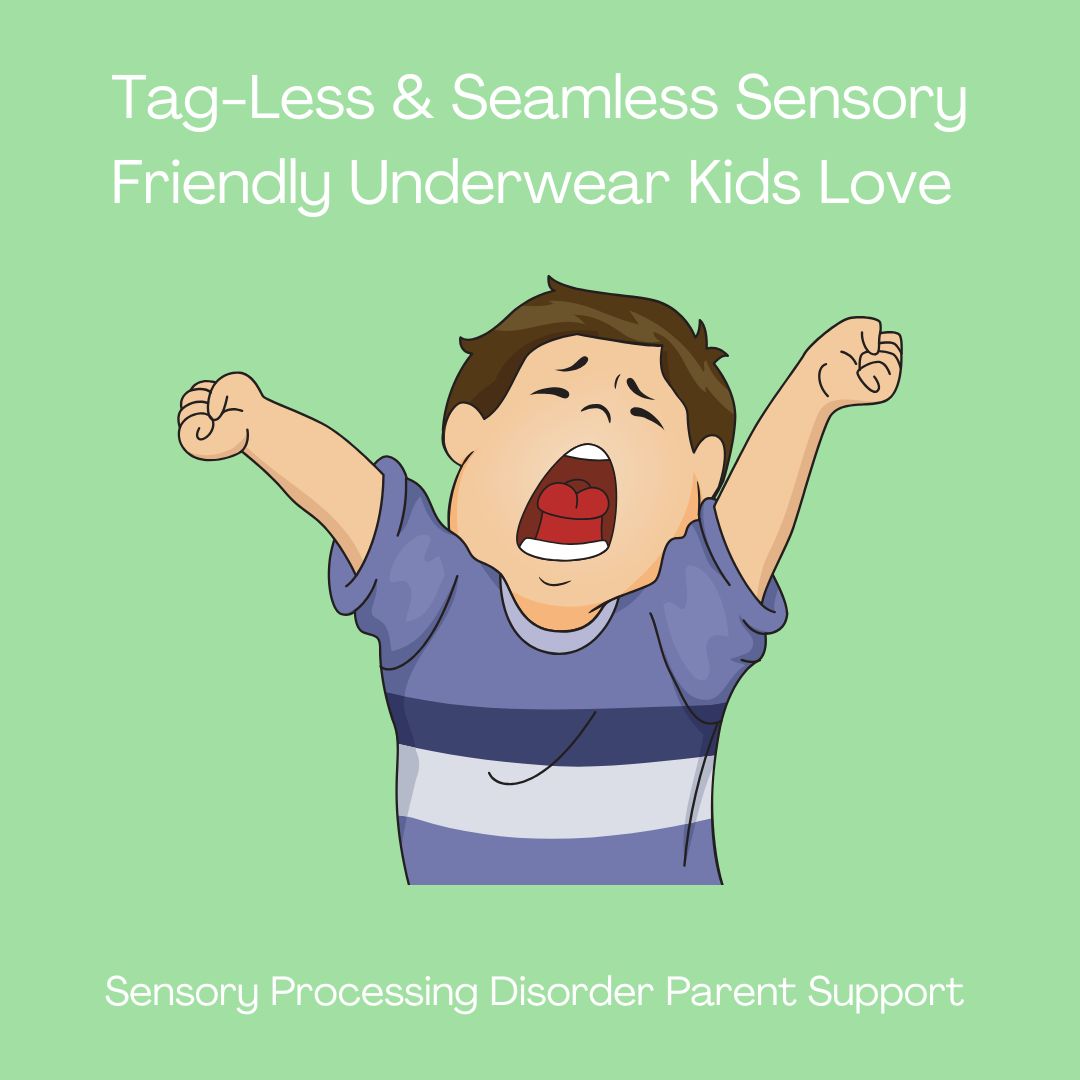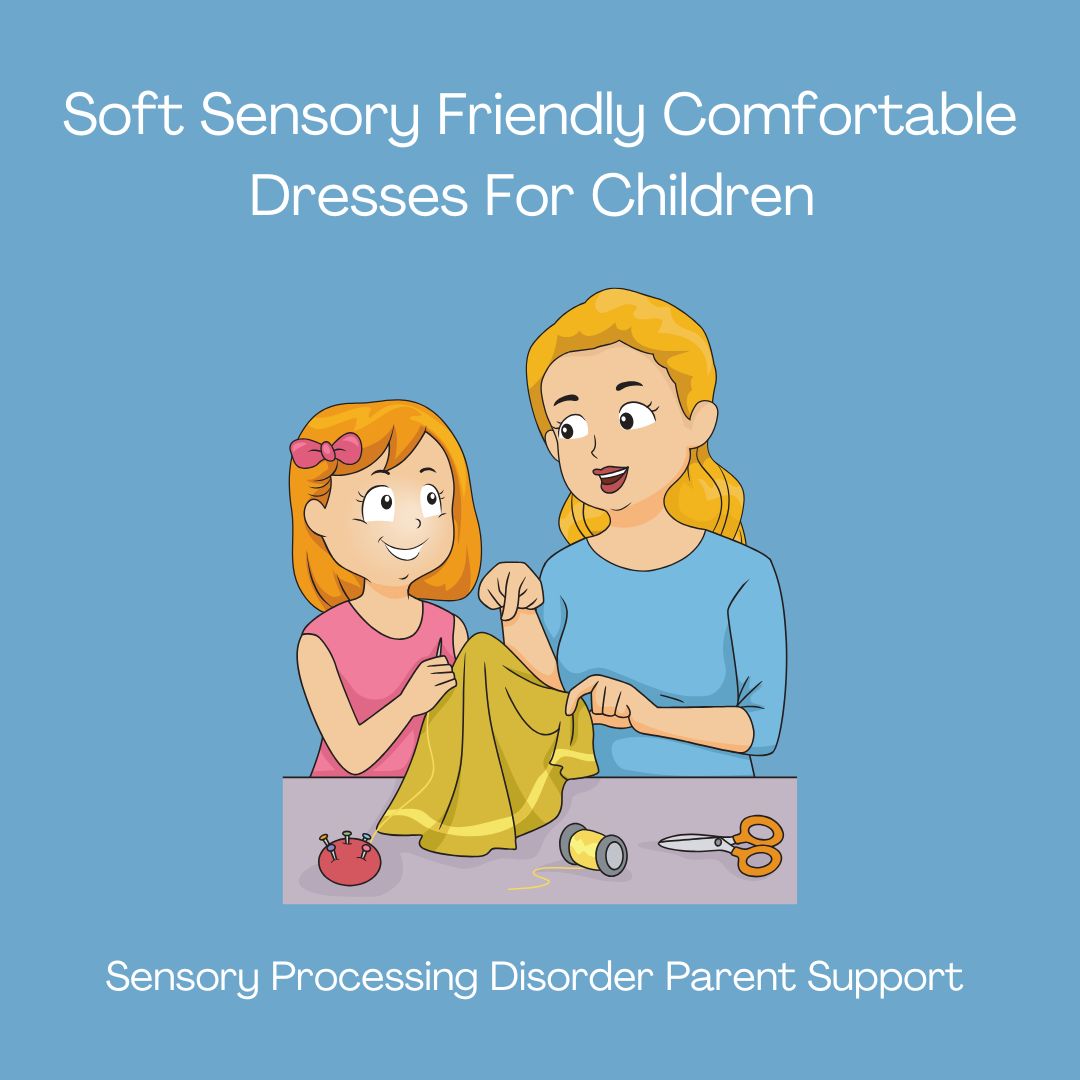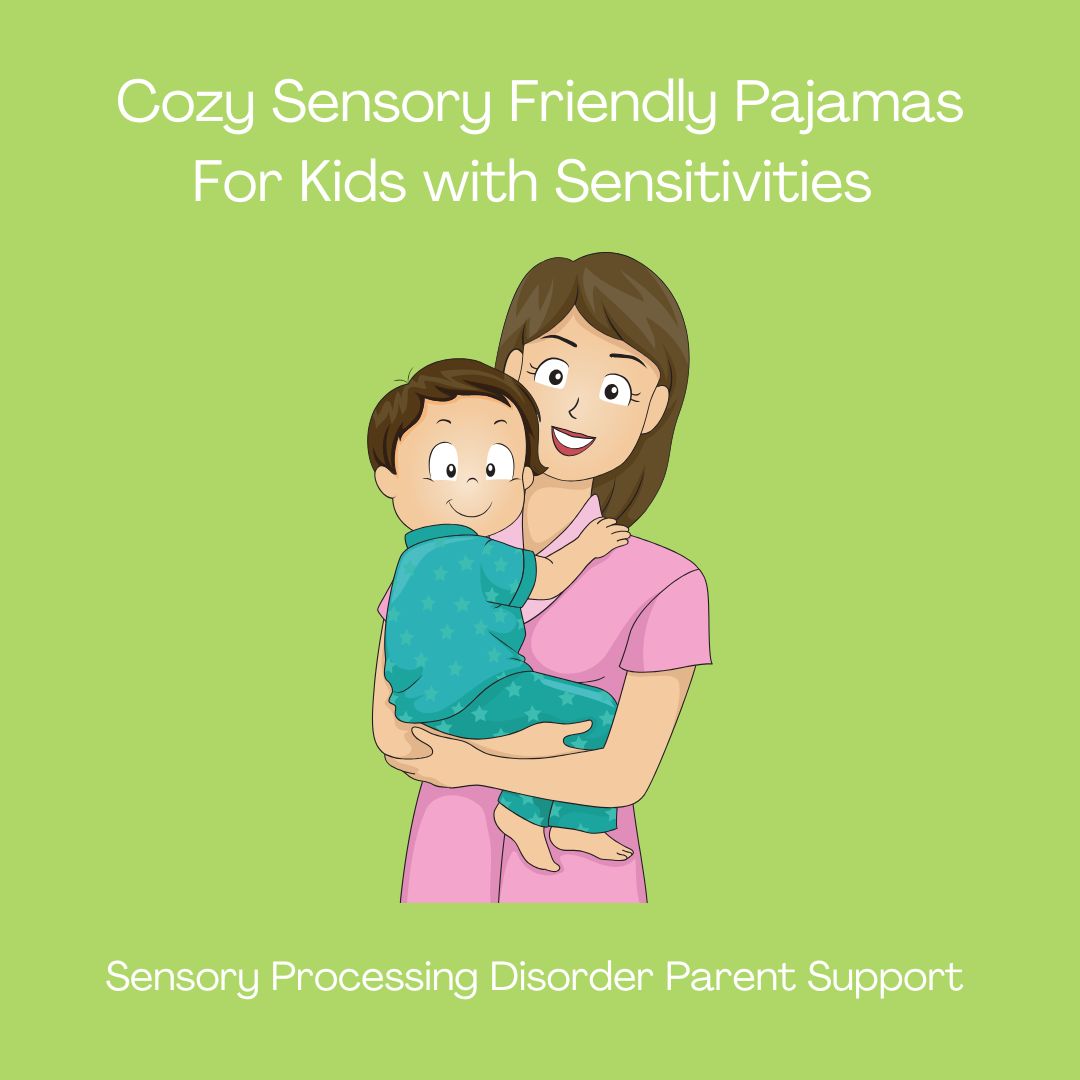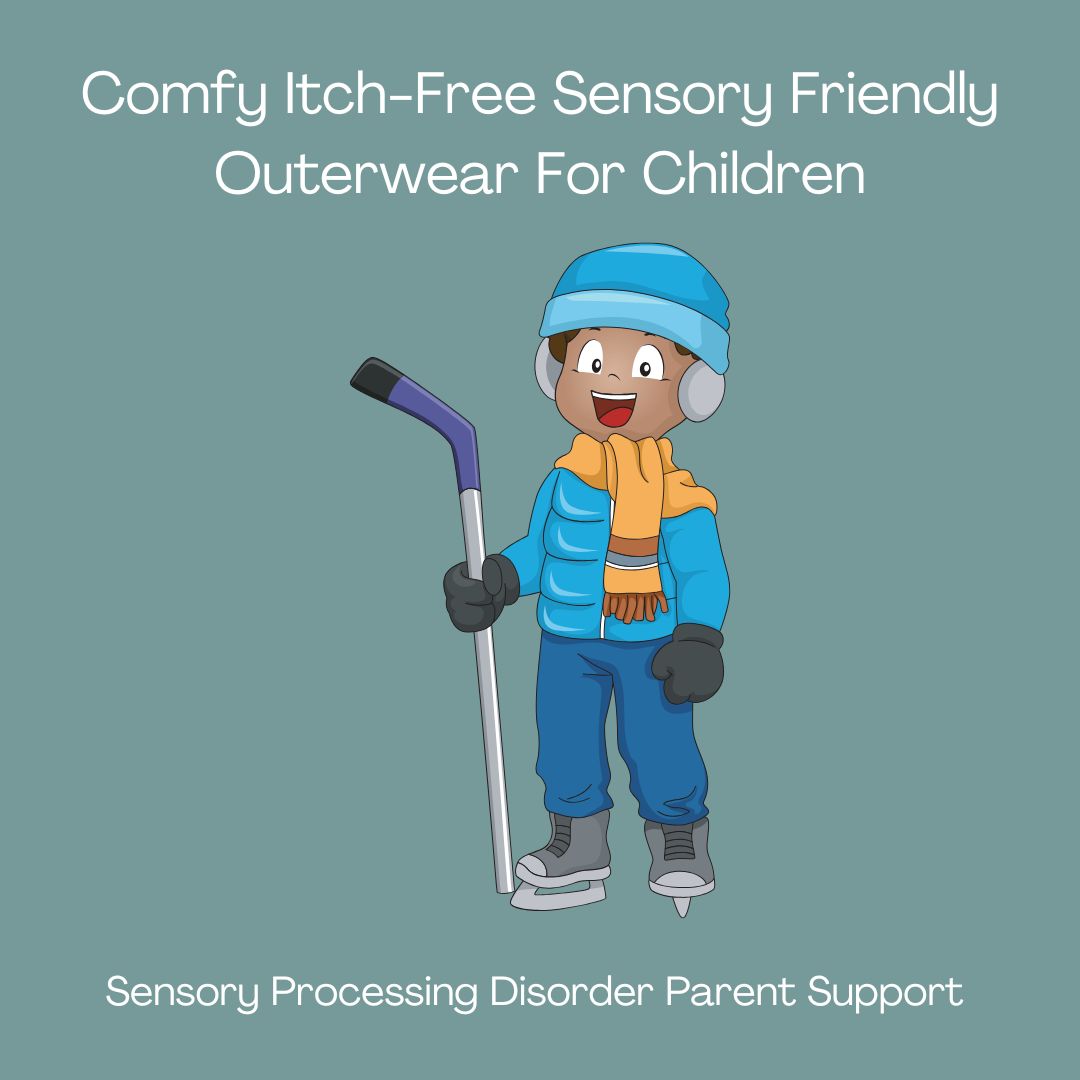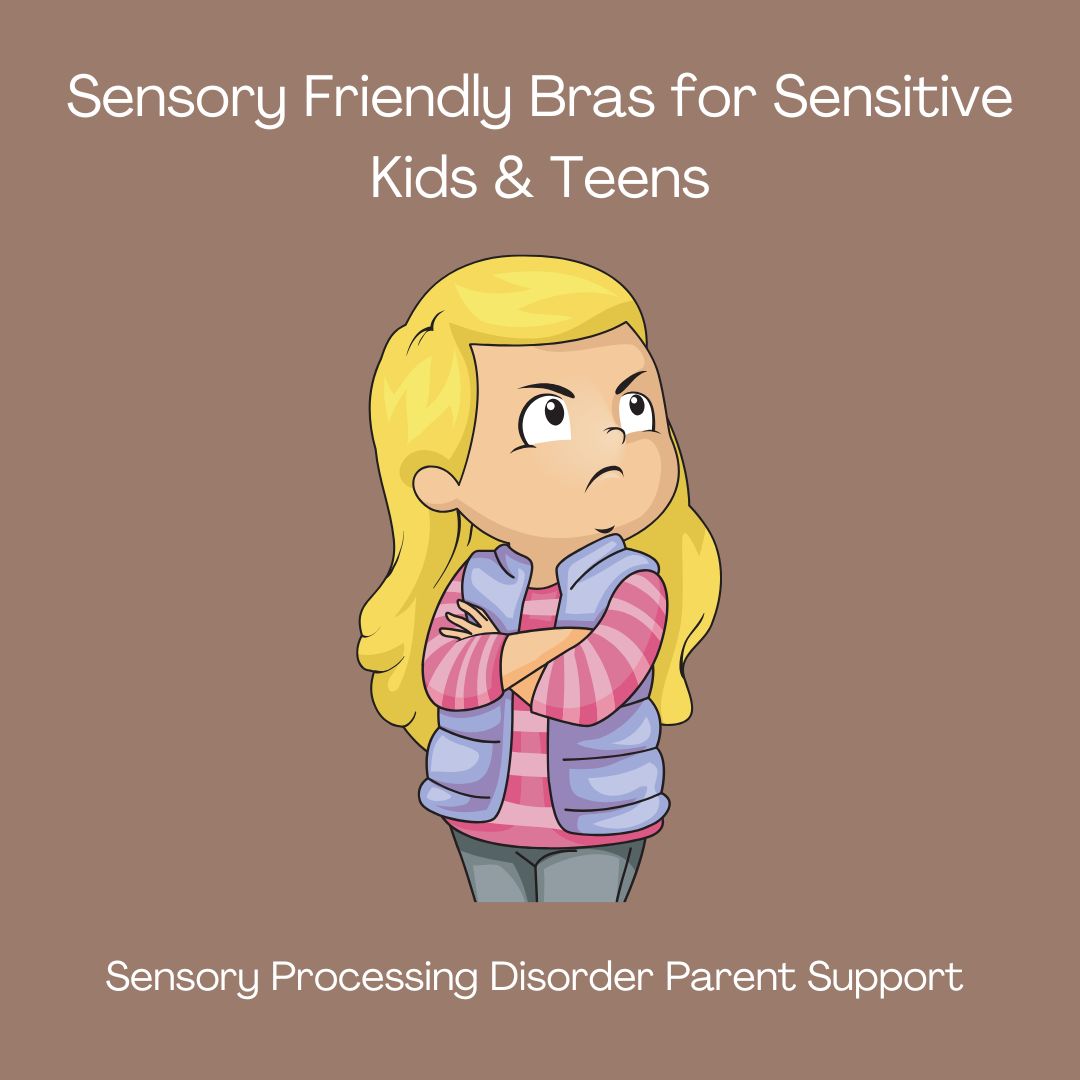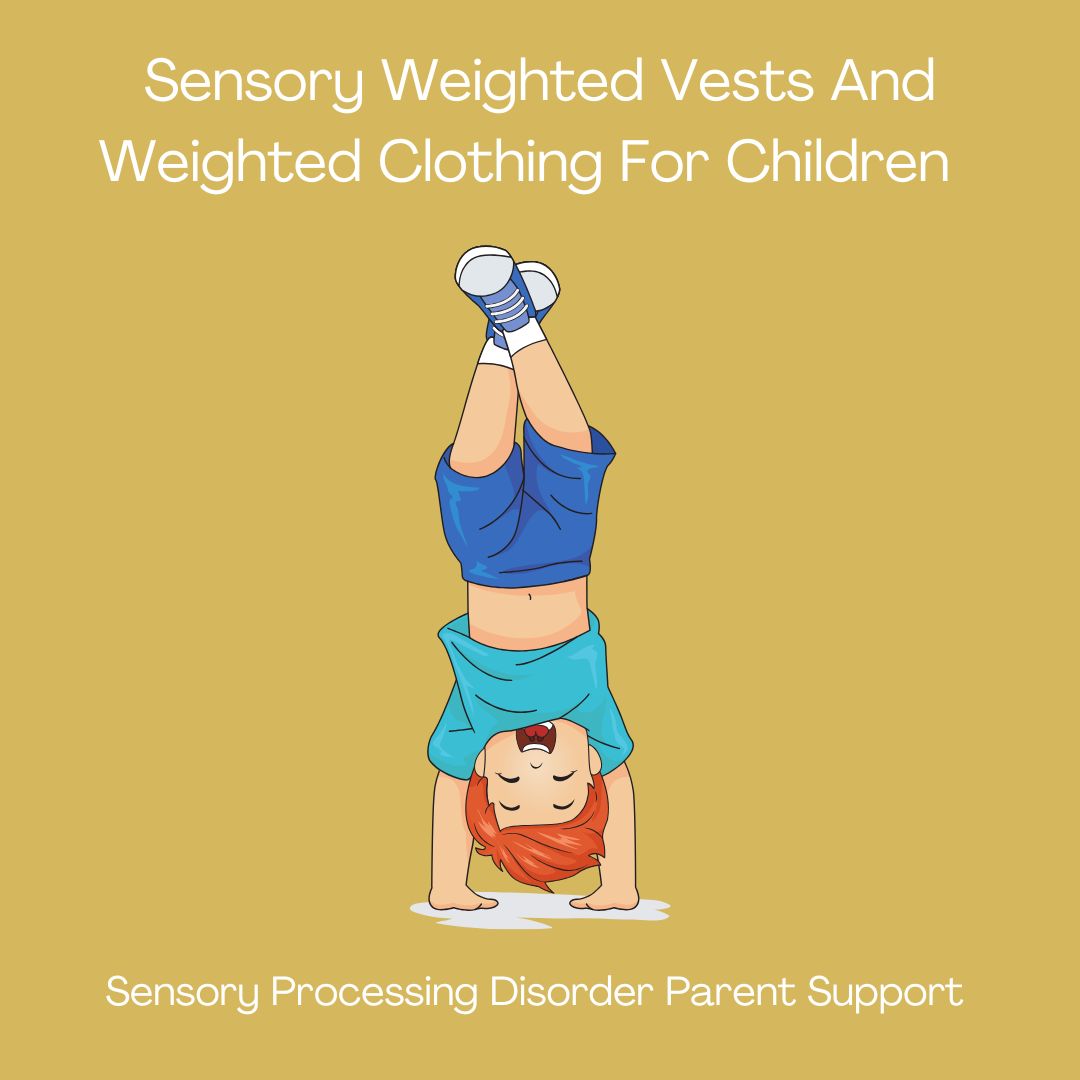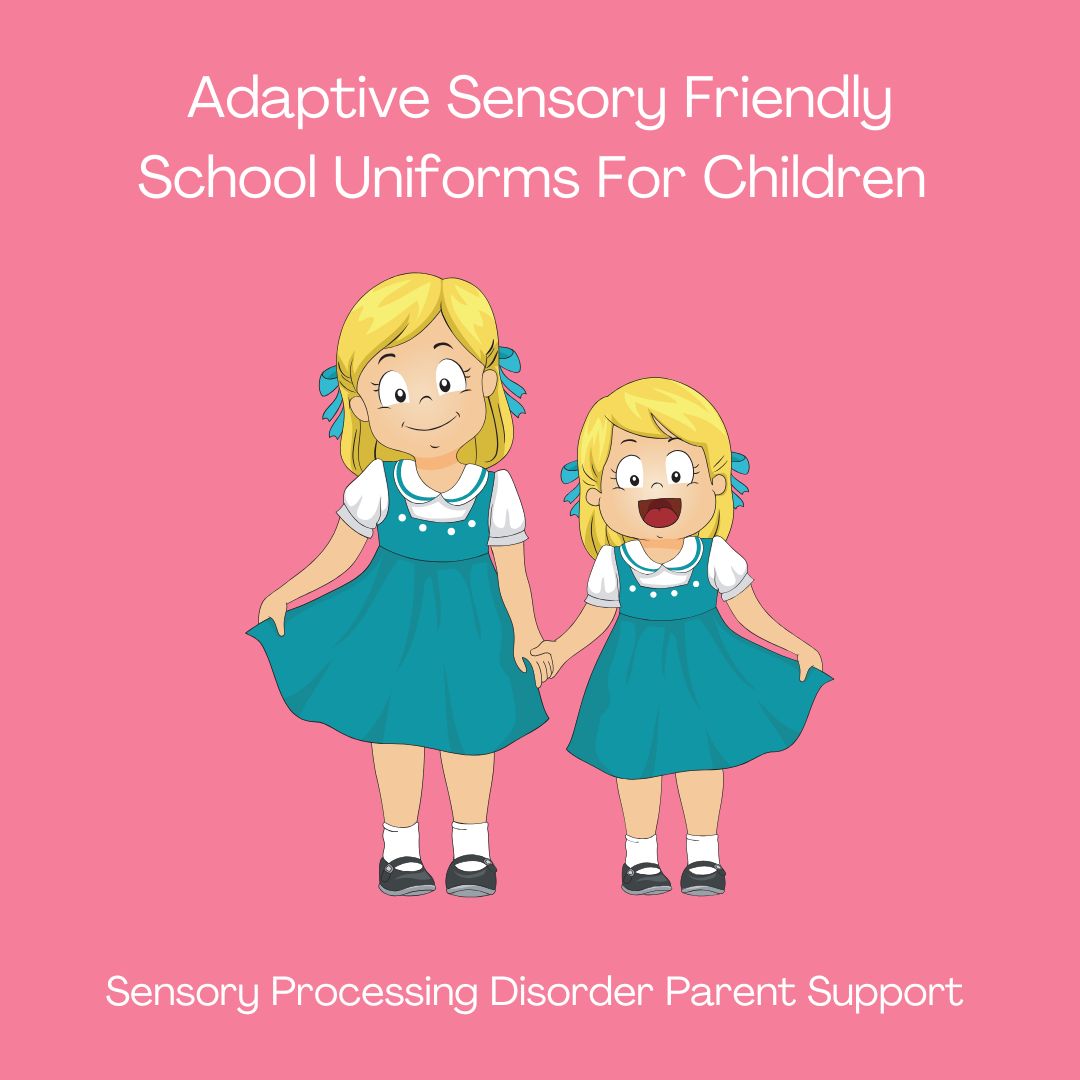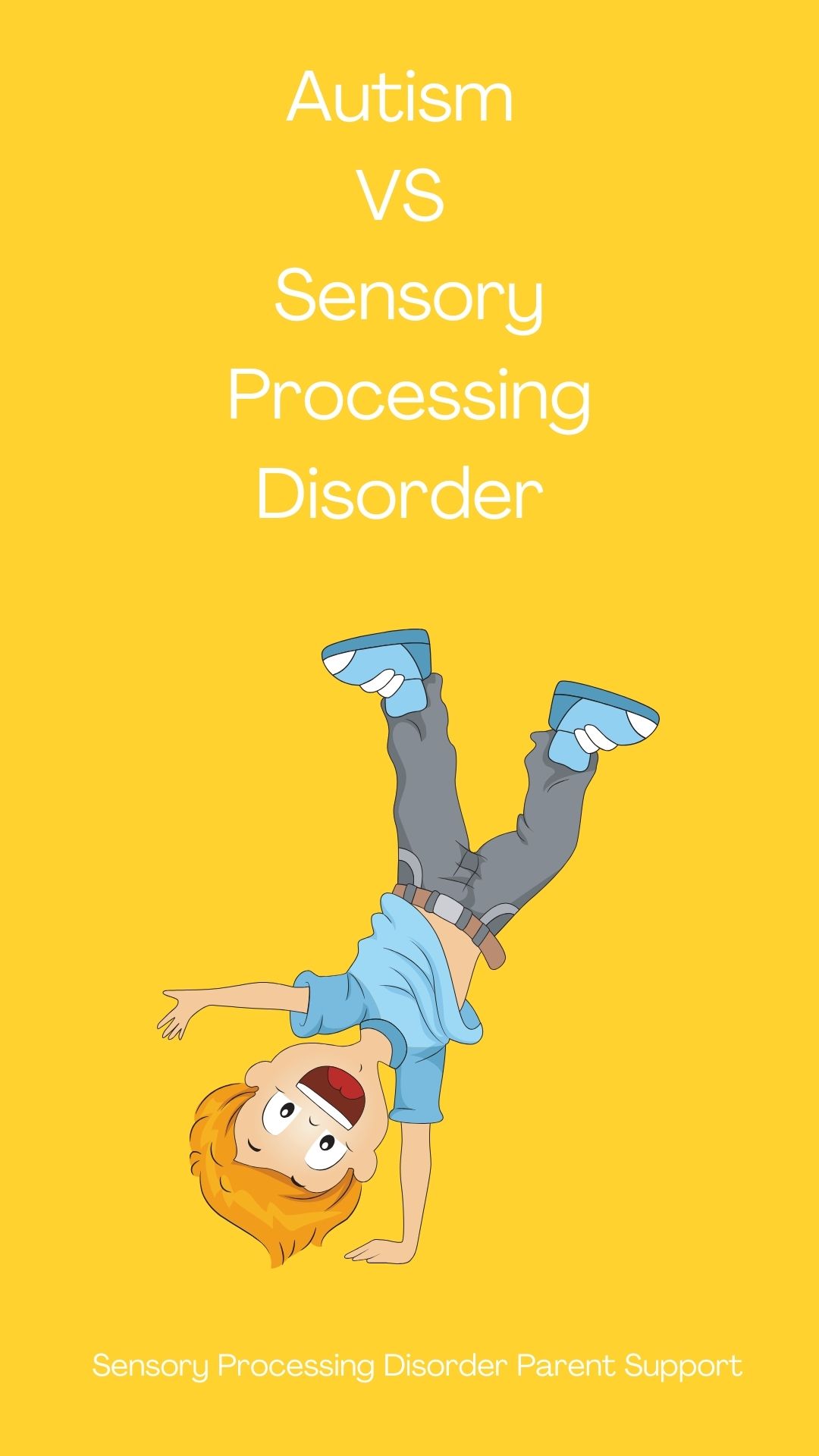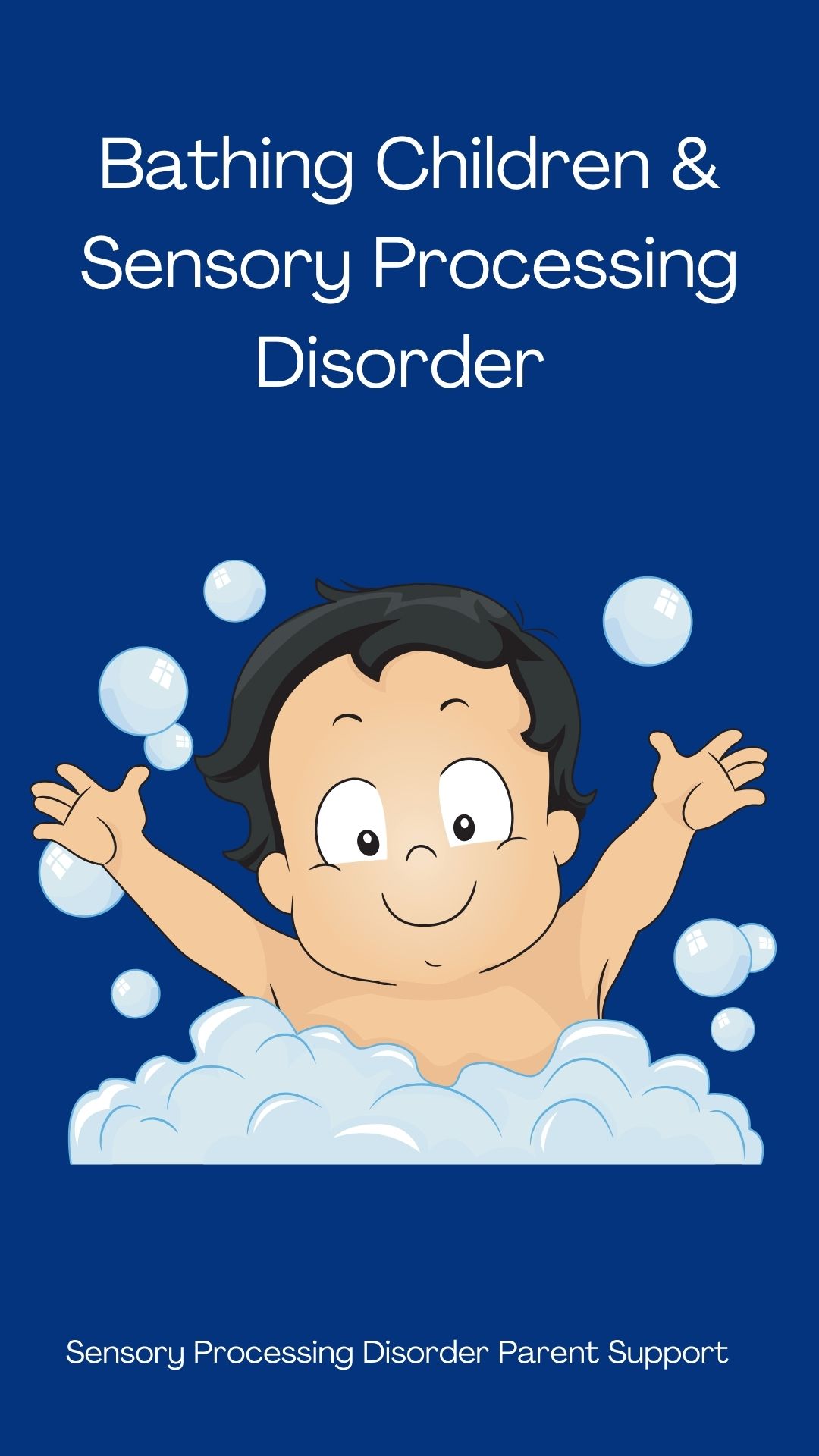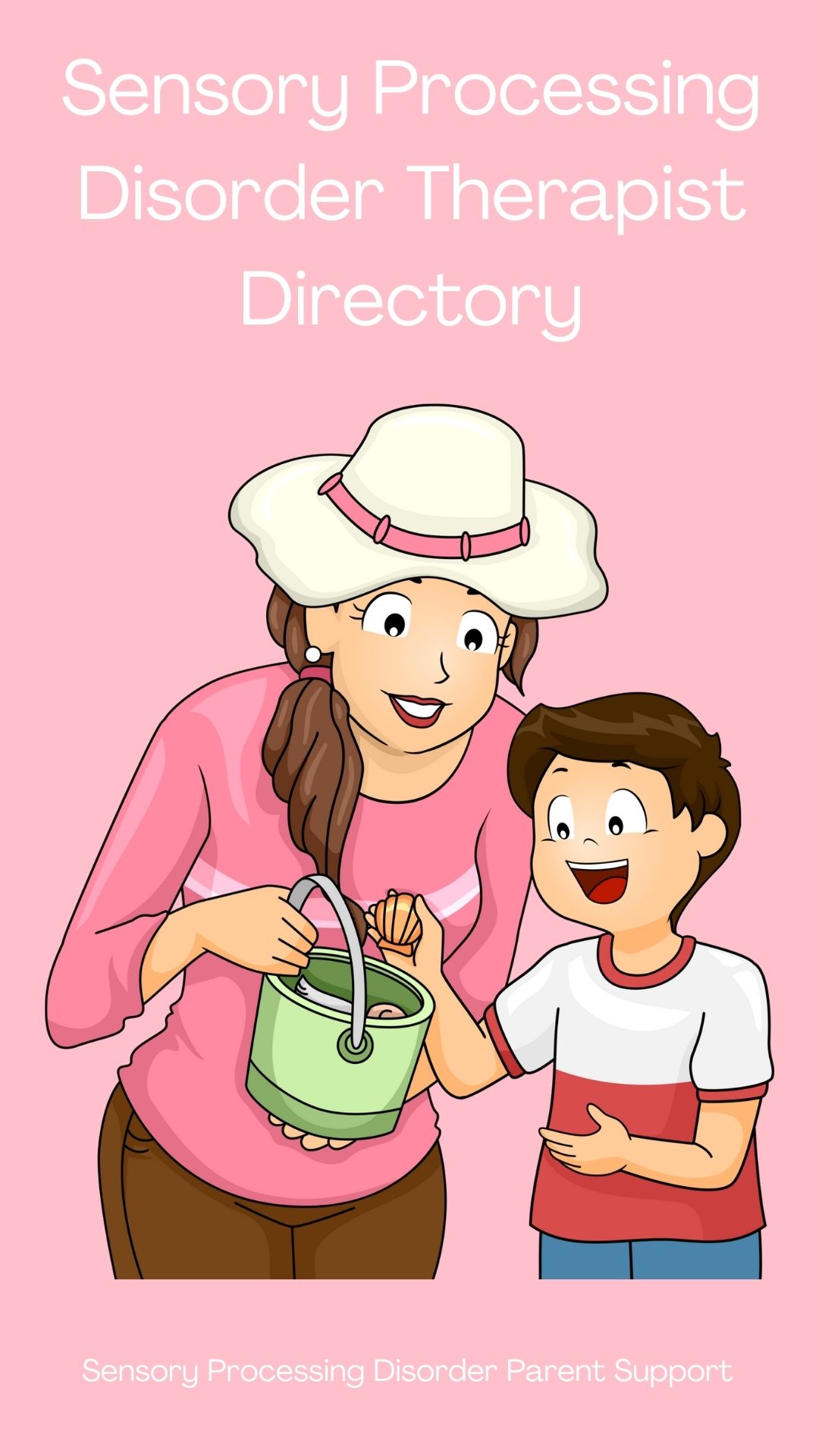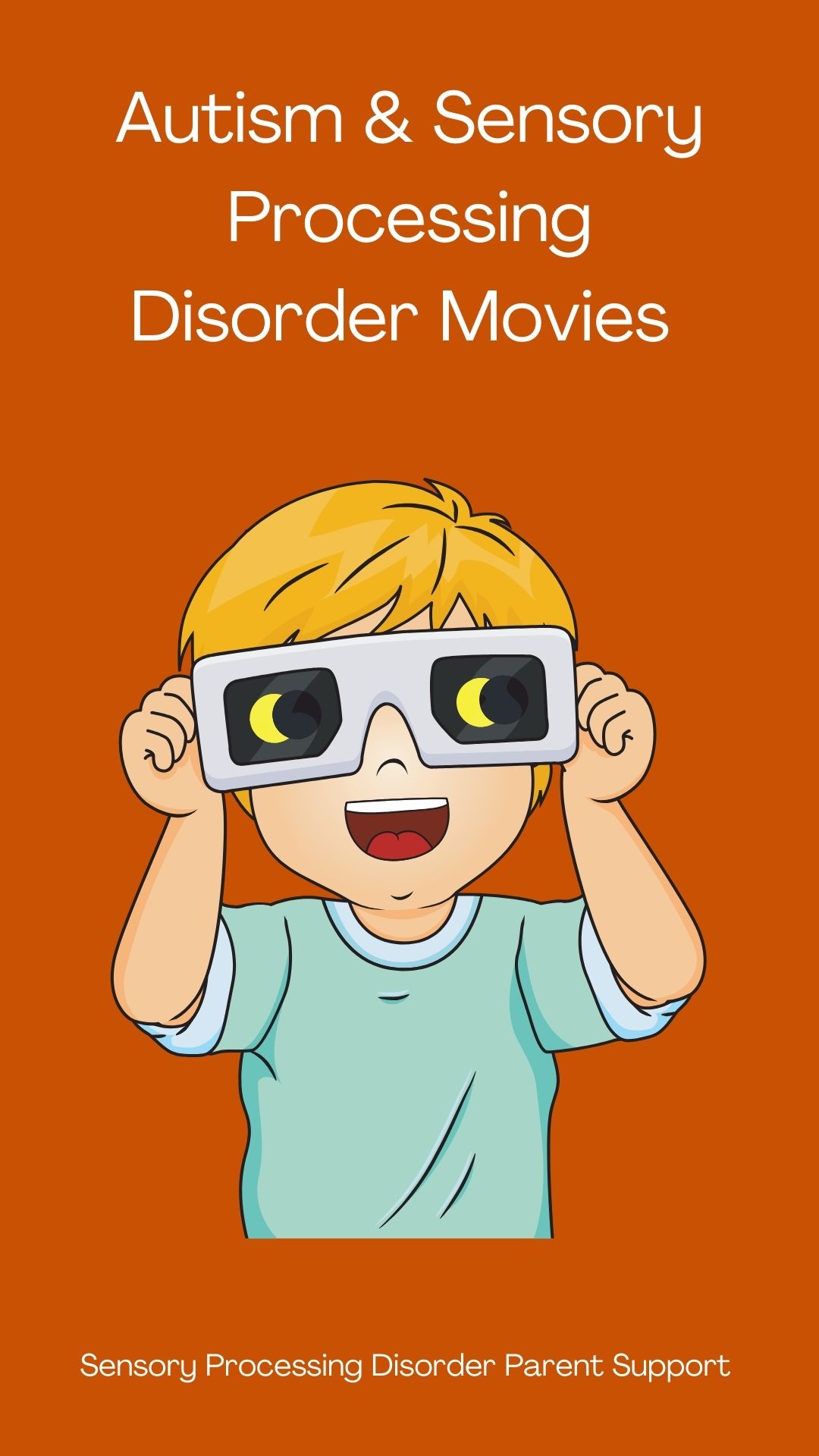
Sensory Processing Disorder Parent Support
Sensory Processing Disorder Clothing Strategies
Children with sensory differences ... painting the world beautiful.
Sensory Processing Disorder Clothing Strategies
Jeanette Loftus
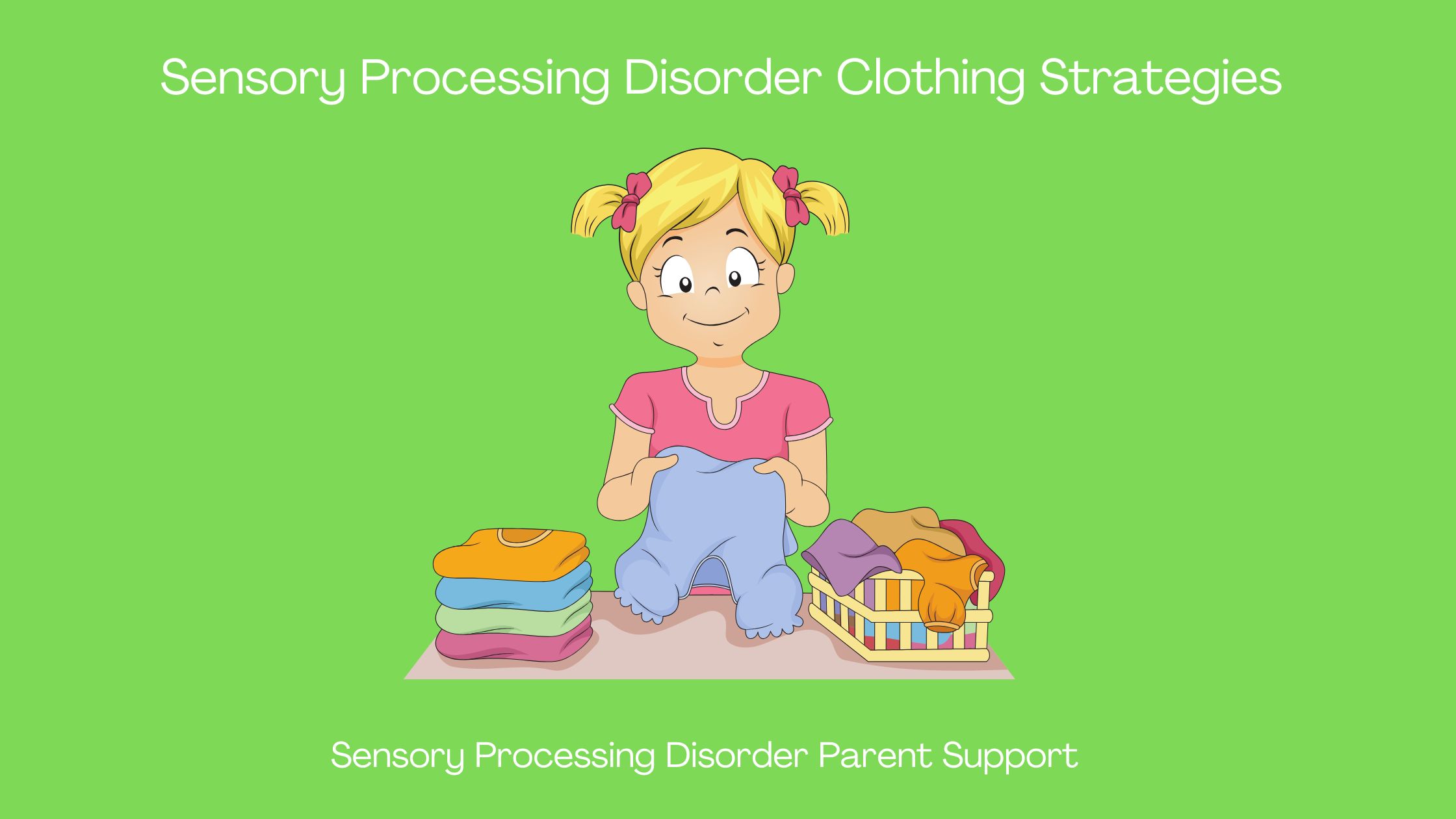
Sensory clothing sensitivities were by far the most challenging part of raising children for me. Each day brought a new clothing struggle. What worked one day, didn't work the next day. It was always changing.
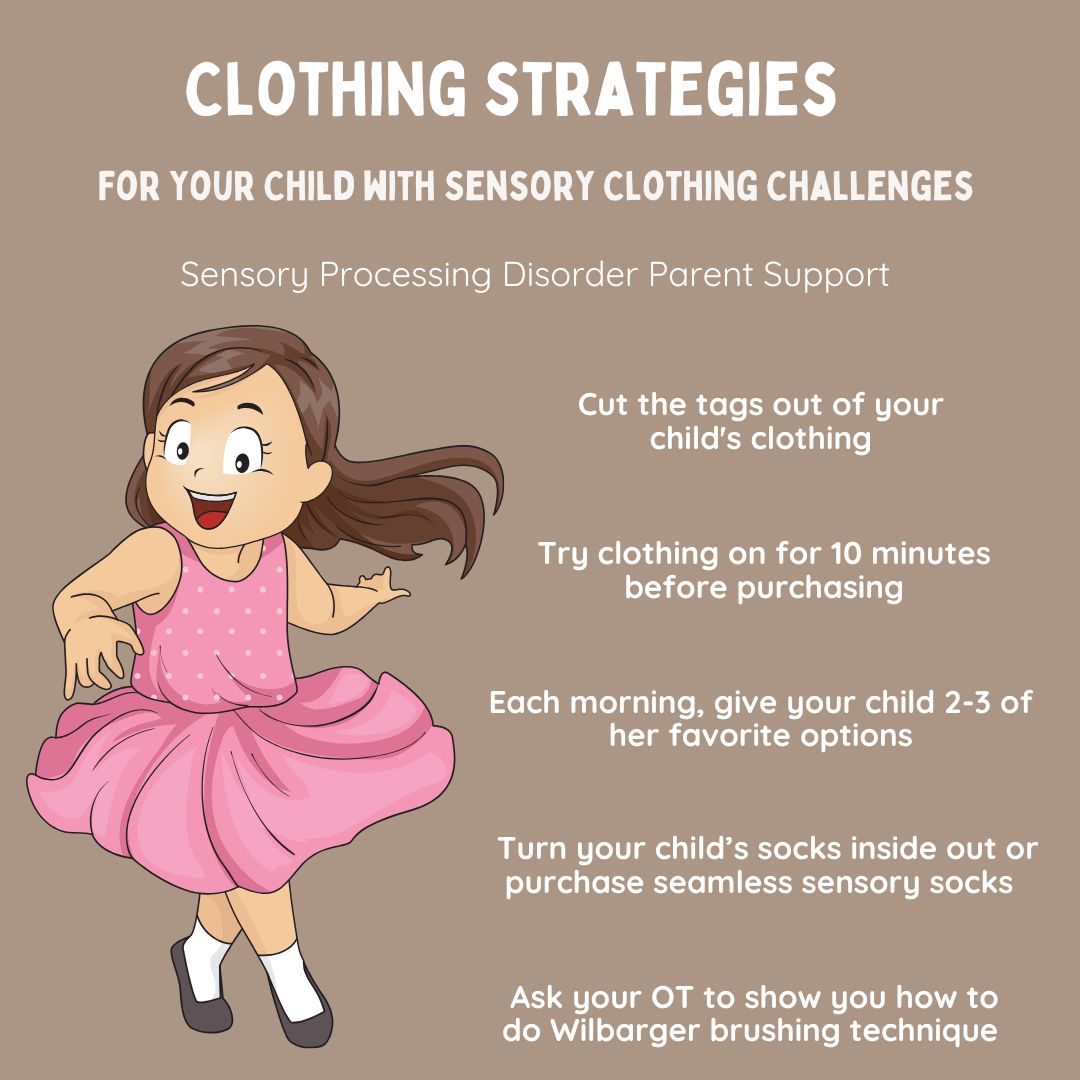
Soft and comfortable just feels so good. Scratchy hard fabrics usually feel very bad for those who have clothing sensitivities.
Socks! They are a nightmare, right? Have you tried turning your child's socks inside out or purchased sensory seamless socks?
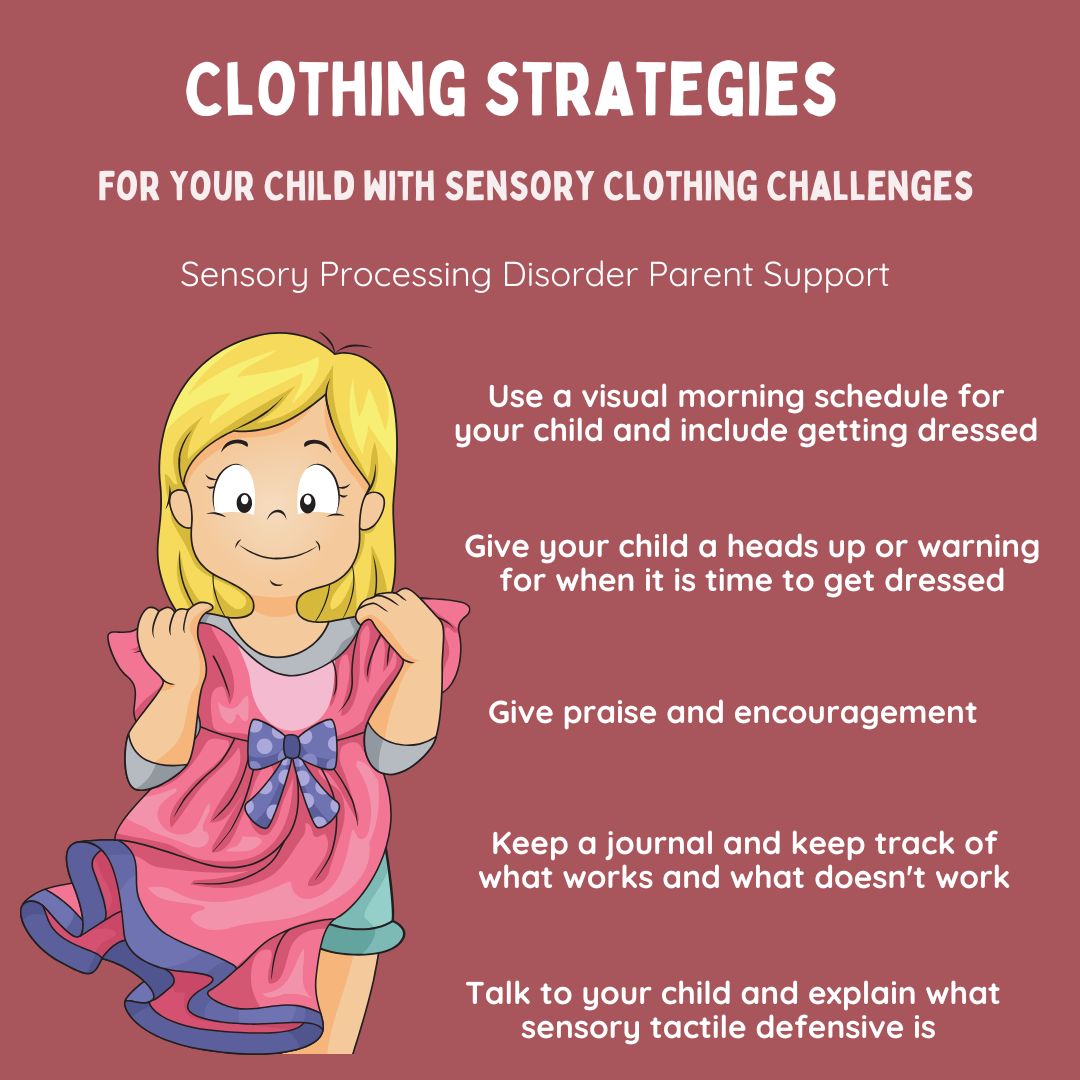
When you find a clothing brand your child loves, start buying more from that clothing line. If your child loves a shirt, go back to the store and purchase several colors and sizes. I would always think ahead. Kids grow so quickly, and I wanted to be prepared for the day her favorite shirt would become too small.
Zippers, buttons and snaps can be so itchy and irritating for a child who is tactile defensive. Most children will refuse to wear clothing with zippers and buttons. Most have a preference for loose comfortable pants with an elastic waist. Some children with Sensory Processing Disorder also struggle with fine motor skills and they struggle to fasten buttons and zippers.
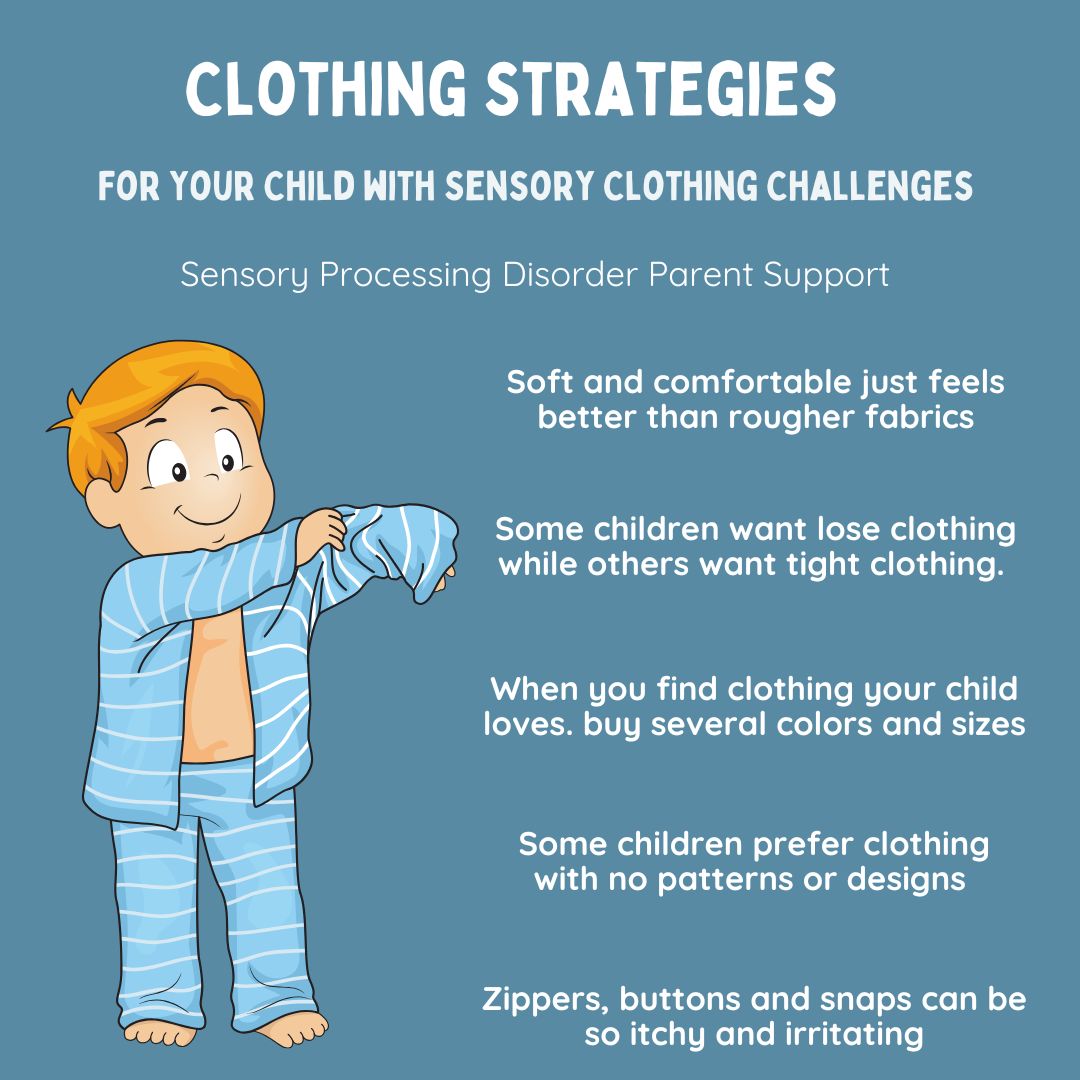
A little understanding goes a long way. I know how frustrating it can be as a parent, but your child really needs you to understand they are having a hard time so be patient.
"Choose your battles" was something that I learned the most when it came to my daughter and clothing sensitives. I learned to compromise with my child. I would let her wear what she would be willing to wear as long as it was appropriately covering her.
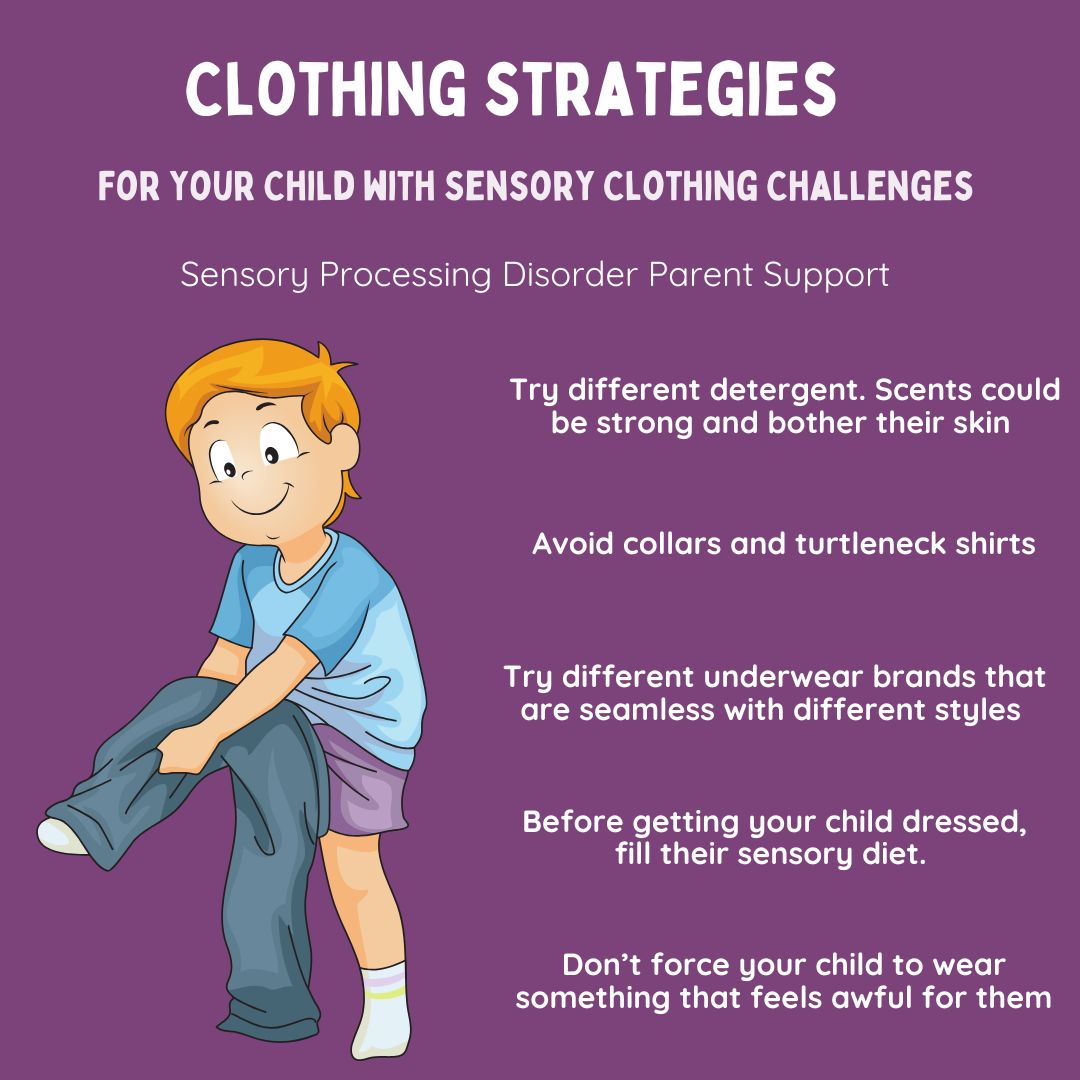
Before trying to get your child dressed in the morning, fill their sensory diet. Your child's Occupational Therapist will assist you with a sensory diet for your child. Once their sensory needs are met, give your child the extra time they need to get dressed. Have your child do some heavy work activities before getting dressed or some sensory calming activities.
Don't force your child to wear something that feels awful for them and causes them to meltdown. This will add to their distress and the next time they try to get dressed it can become more challenging.
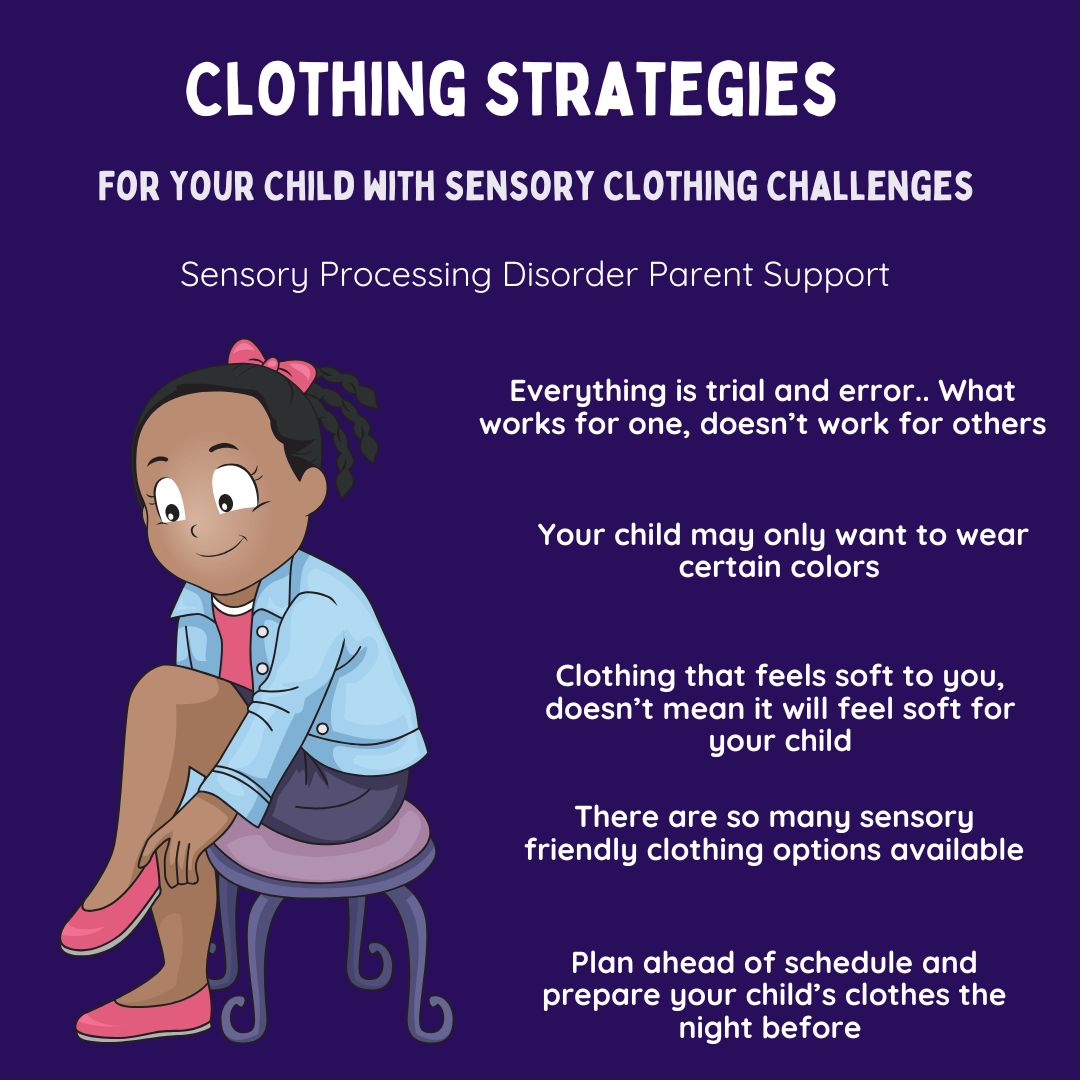
If you think that a piece of clothing feels soft for you, that doesn't mean that it will feel soft for your child. If you think that something would be comfortable for your child that doesn't mean that it will be. Only your child can determine if a piece of clothing will be tolerable for them to wear. If you also have clothing sensitives, your child's sensory sensitives will be different than yours.
There are so many sensory friendly clothing options available now for children. They sometimes can cost more than department store brands but if it means better mornings and a happier child, then it's worth every penny.
